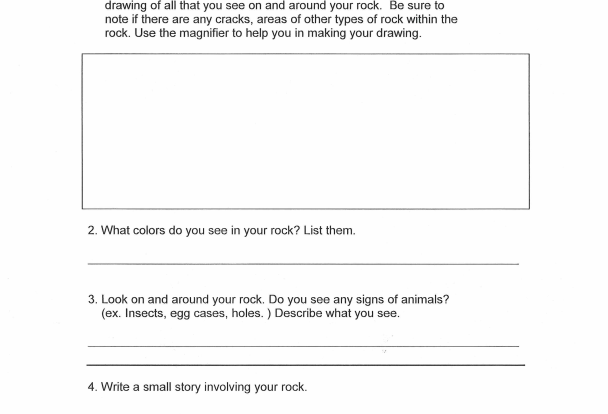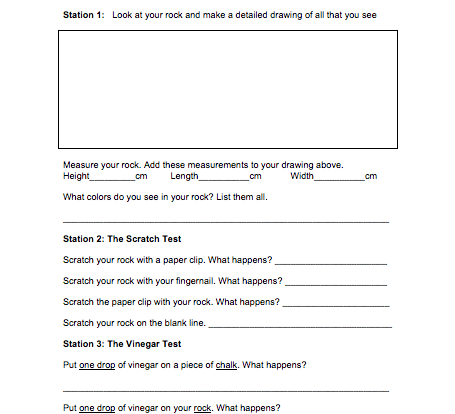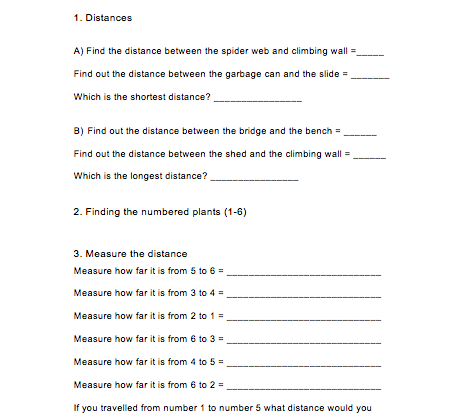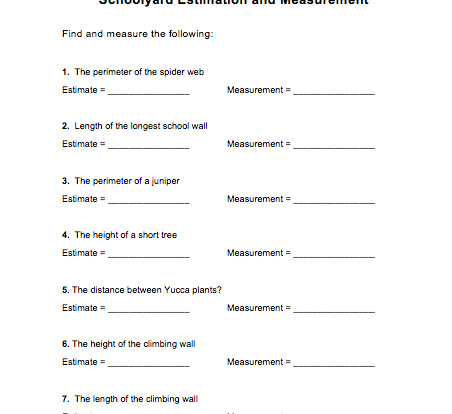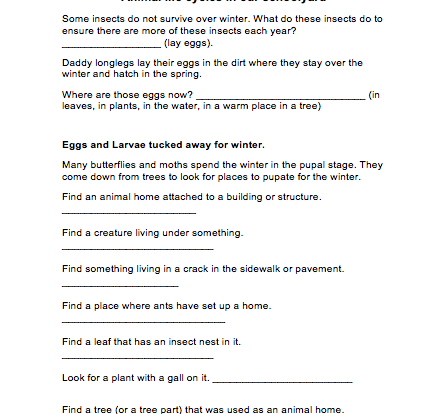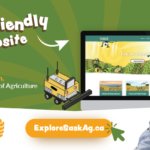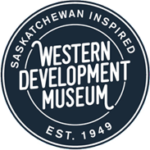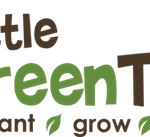-
Students find a large rock in the natural area to observe and write a short story about. This story could be fictional or based solely on observation depending on teacher preference. Wrap up: Review stories and how ideas came from observation.
-
Discuss the different types of rock (igneous, metamorphic, sedimentary) and the clues students can use to identify an unknown rock (colour, size, scratch test, vinegar test etc.). Set up 3 stations. Station 1 – Observe and draw the rock. Station 2 -Perform a scratch test. Station 3 – Perform a vinegar test. After recording the results students guess which type of rock they have. Wrap up: Confirm which rock each student has, and walk them through the investigation if necessary.
*This activity will require chalk, paperclips, vinegar, and rock samples.
-
Number plants in the natural area 1-6. Students explore the schoolyard calculating distance between common objects: spider web, slide, bench, etc. Then calculate the distance between the plants numbered around the schoolyard. Wrap up: Discuss student answers and compare distances. Were certain units of measurement used to find some distances but not others? Why?
-
Students estimate and then measure different objects around the schoolyard. Wrap up: Discuss student answers. Were different units of measurement used for different objects? Why?
-
Discuss animal and insect lifecycles. Students will explore the schoolyard to discover different lifecycle stages firsthand and learn how winter affects animals/insects. Wrap up: Discuss student answers. What are common stages associated with seasonal change?

